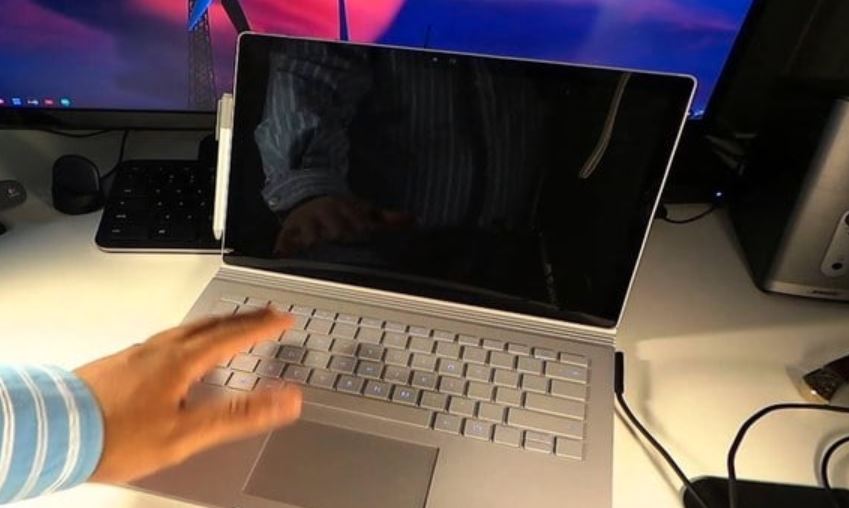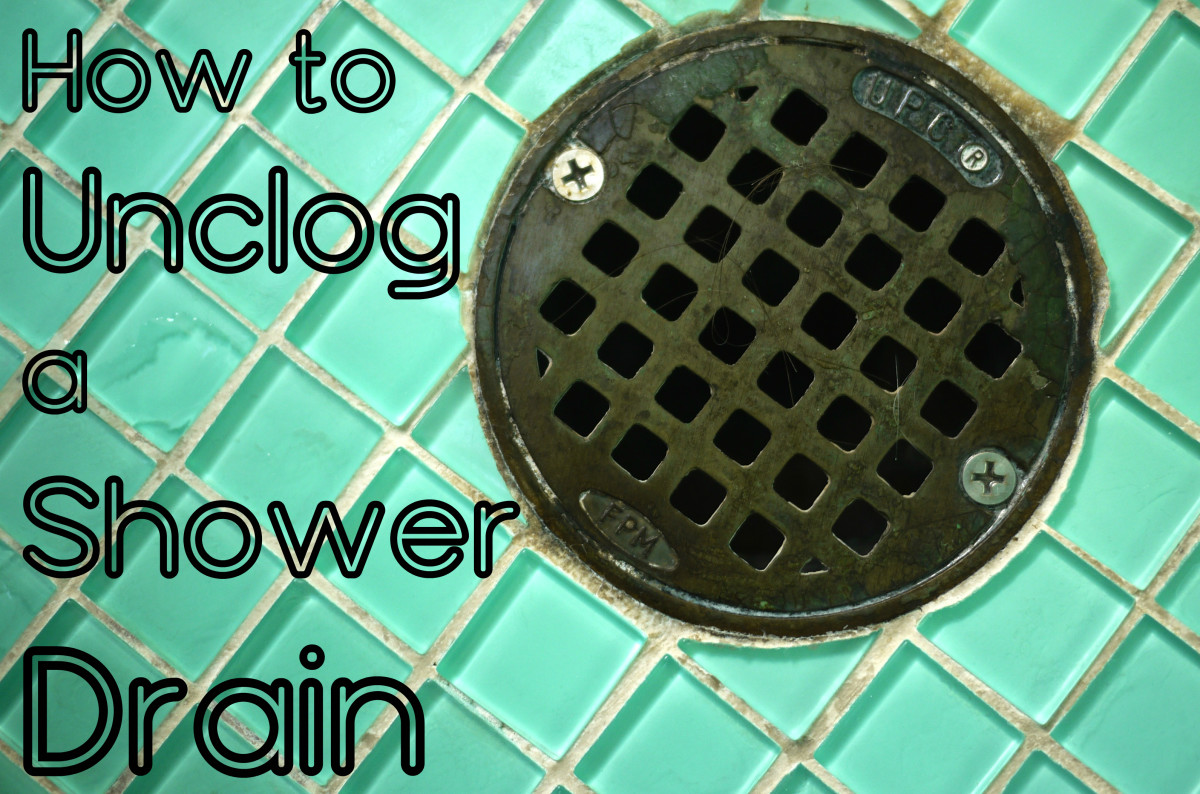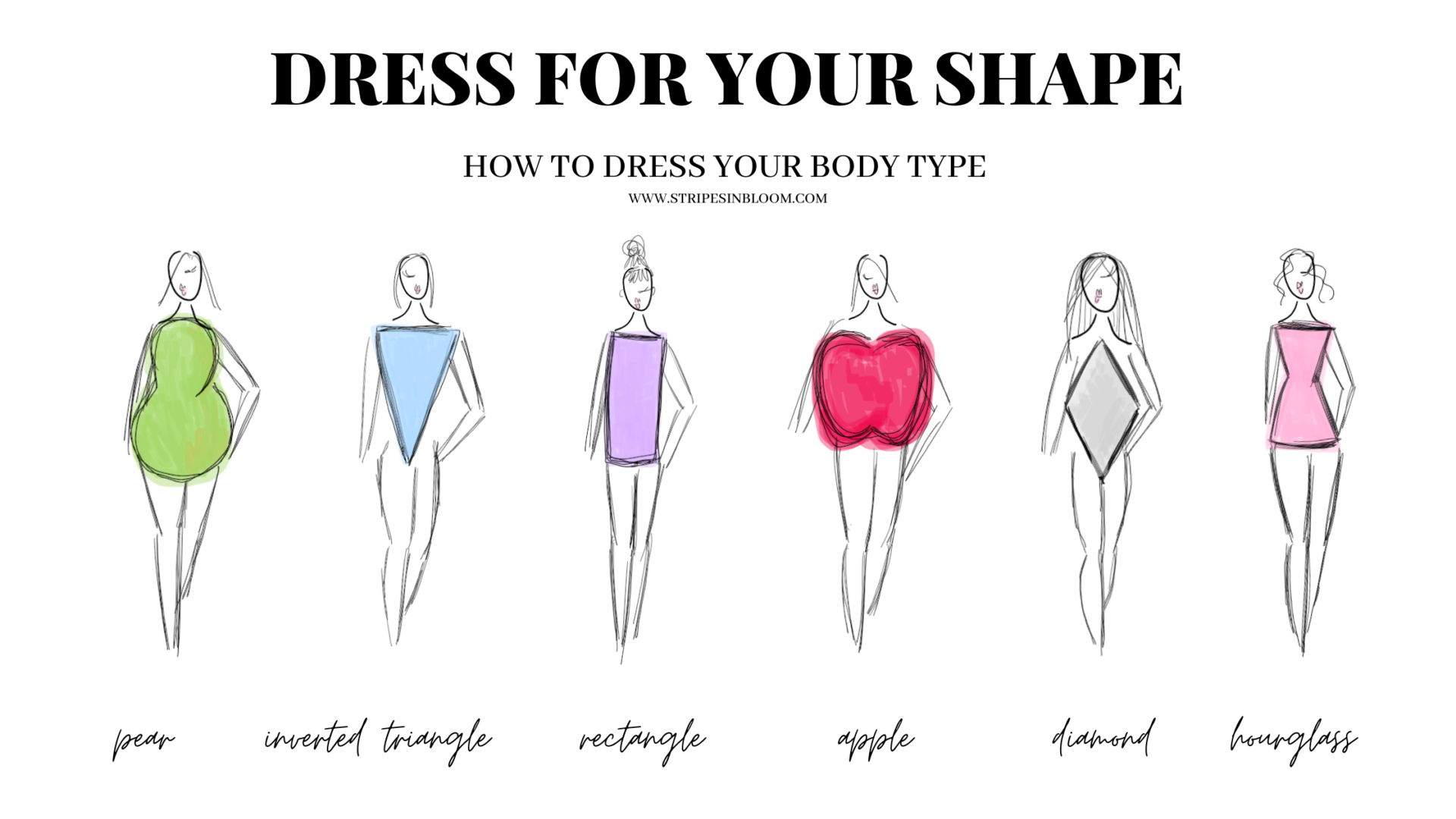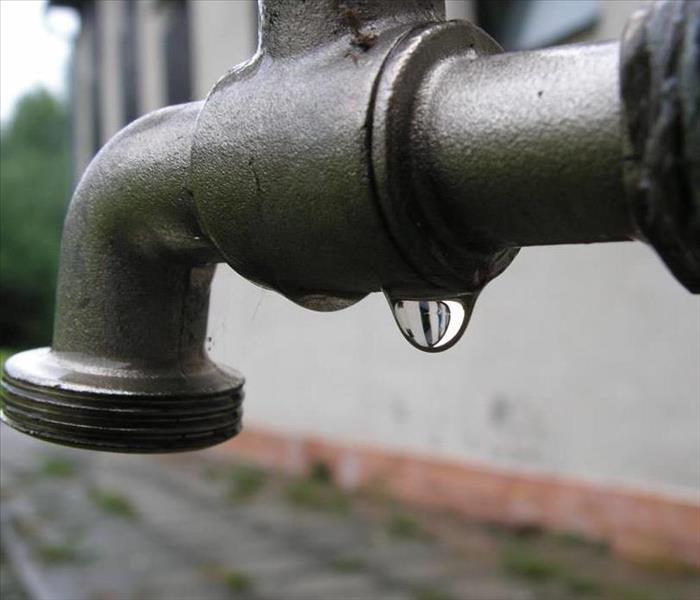
When it comes to financial tools, credit cards are one of the most popular choices. They offer many benefits, such as convenience, rewards, and fraud protection. However, they also come with risks, such as debt, high-interest rates, and fees. In this article, we will explore the pros and cons of credit cards and how to use them wisely.
Pros of Credit Cards
1. Convenience
Credit cards are very convenient to use, especially for online transactions or purchases in foreign countries. You don't have to carry cash, which can be lost or stolen, or worry about currency exchange rates. You can also set up automatic payments or alerts to help you manage your spending.
2. Rewards
Many credit cards offer rewards programs that allow you to earn points, miles, or cashback on your purchases. These rewards can be redeemed for travel, merchandise, gift cards, or statement credits, depending on the card. Some cards also have sign-up bonuses or special perks, such as airport lounge access, free checked bags, or rental car insurance.
3. Fraud Protection
Credit cards offer better fraud protection than debit cards or cash. If your card is lost or stolen, you can report it to the issuer and dispute any unauthorized charges. You are also not liable for more than $50 of fraudulent charges, according to the Fair Credit Billing Act. Some cards also offer zero liability or purchase protection, which covers damage, theft, or loss of eligible items.
Cons of Credit Cards
1. Debt
Credit cards can lead to debt if you don't pay your balance in full every month. The interest rates on credit cards are often higher than other types of loans, such as mortgages or car loans, and can add up quickly if you carry a balance. The minimum payment required by the card issuer may not be enough to pay off your debt and can keep you in debt for years.
2. Fees
Credit cards can also come with fees, such as annual fees, late fees, over-limit fees, cash advance fees, balance transfer fees, or foreign transaction fees. These fees can add up to hundreds of dollars per year and erode the value of your rewards or savings. Some cards also have variable or penalty interest rates that can be triggered by missed payments or other factors.
3. Temptation
Credit cards can be tempting to use for impulse purchases, overspending, or living beyond your means. They can also give you a false sense of security or freedom, as you may feel like you have more money than you actually do. This can lead to financial stress, anxiety, or even bankruptcy if you can't repay your debts.
How to Use Credit Cards Wisely
1. Pay your balance in full every month
The best way to avoid debt and interest charges is to pay your balance in full every month. This means that you only spend what you can afford to pay back and don't carry a balance from one month to the next. If you can't pay your balance in full, try to pay as much as you can and avoid making new purchases until you can catch up.
2. Understand your credit card terms and fees
Read your credit card agreement carefully and understand the terms and fees associated with your card. This includes the interest rate, grace period, minimum payment, balance transfer rules, and rewards program details. Make sure you know how to avoid fees, such as by paying on time, staying under your credit limit, and using your card wisely.
3. Set a budget and track your spending
Set a budget for your monthly expenses and track your spending to make sure you don't overspend. Use a budgeting app or spreadsheet to categorize your purchases and monitor your progress. You can also set up alerts or notifications to remind you of upcoming payments or unusual activity on your account.
4. Use credit cards for necessary purchases and emergencies
Use your credit cards for necessary purchases, such as groceries, gas, or bills, and emergencies, such as car repairs or medical expenses. Avoid using your credit cards for non-essential or discretionary purchases, such as dining out, shopping, or entertainment, unless you can afford to pay them off in full.
5. Pay on time and avoid late fees
Pay your credit card bill on time to avoid late fees and negative marks on your credit report. Late payments can also trigger penalty interest rates, which can be much higher than your regular rate. Set up automatic payments or reminders to help you stay on track and avoid missed payments.
6. Monitor your credit score and report
Check your credit score and report regularly to make sure there are no errors or fraudulent activity. Your credit score is a key factor in determining your creditworthiness and can affect your ability to get loans, credit, or insurance. You can get a free credit report from each of the three major credit bureaus once a year at AnnualCreditReport.com.
Conclusion
Credit cards can be useful financial tools if used wisely, but they also come with risks and responsibilities. By understanding the pros and cons of credit cards and how to use them wisely, you can maximize the benefits and minimize the costs. Remember to pay your balance in full every month, understand your credit card terms and fees, set a budget and track your spending, use credit cards for necessary purchases and emergencies, pay on time and avoid late fees, and monitor your credit score and report. With these tips, you can make the most of your credit cards and avoid the pitfalls.
Reference:
- Clark, K. (2021). The Pros and Cons of Credit Cards. The Balance. https://www.thebalance.com/pros-and-cons-of-credit-cards-960685
- Murray, R. (2021). 7 Benefits of Using a Credit Card. The Balance. https://www.thebalance.com/benefits-of-using-a-credit-card-960705
- Smith, M. (2021). The Risks of Using Credit Cards. The Balance. https://www.thebalance.com/risks-of-using-credit-cards-960686
- Federal Trade Commission. (2021). Credit and Loans. Consumer Information. https://www.consumer.ftc.gov/topics/credit-and-loans
Disclaimer: The images used in this article are for illustrative purposes only. They do not imply endorsement or affiliation with any products or services mentioned in the article. The information in this article is for educational purposes only and should not be construed as financial or legal advice. Please consult a licensed professional for personalized advice regarding your specific situation.





























